Tips for Selecting the Right Gazebo Truss Brackets
Recently, one of my friends invited me to a barbecue. My response was to be instantly wary. As someone who’s worked in construction for over a decade, my friends and family are always inviting me over and then sneakily asking me if I’d mind giving them a quick hand with something. But my buddy assured me he just wanted to put the new gazebo he’d just built to use. Predictably, once he’d thrown the burgers on the grill he pointed up with his spatula at one of the metal plates in the gazebo ceiling, and asked me, “Is there anything you can do about that?” It turns out that he thought those silver-colored fittings were ugly. As I talked to him about his gazebo truss brackets it became apparent that neither my friend nor his guests knew what a truss or a truss bracket was, or did. One said he’d always thought a truss had something to do with “male” support.
I found this unnerving for reasons that have nothing to do with masculinity. Trusses are the structural pieces that support roofs not just in gazebos, but in most homes. Truss brackets—known professionally as ties—are the things that hold them together. They’re structurally important, which means I couldn’t swap out my friend’s gazebo truss brackets without providing another way to hold the roof up. This is why it’s so important to know what trusses, and truss brackets do, and to select the right brackets before starting your gazebo build.
Trusses, Gazebos, and What Gazebo Truss Brackets Do
Trusses are simple objects without a simple definition. A truss is several elements tied together into a single structural whole. The top pieces of angled wood in a truss are called the top chord, and the lower, horizontal one is called the bottom chord. Vertical elements in between the two are called posts, with the central one—the one that carries the most weight—called the king post. In a house, trusses are essentially two-dimensional wooden triangles that support the roof. Most homeowners are only familiar with them as the things they grab onto to avoid putting their hands in the insulation if they have to go into the attic. In contrast, the entire roof in most gazebos is really a single three-dimensional truss. A key difference in gazebos, when compared with houses, is that the top chords of the truss are usually arrayed around a central point, with the whole perimeter of the gazebo forming the bottom chord. Whatever the trusses’ configuration, the truss ties are what hold the whole truss together.
Trusses are usually designed with at least a few redundancies in them. My friend’s gazebo isn’t likely to collapse if I start replacing his existing ties with ones he finds more aesthetically pleasing, especially if I do things correctly and brace the chords with a roof-jack or with lumber. The real danger is how these connectors wear over time. A gazebo is an outdoor structure, and whatever my friend thinks looks good might not hold together over time.
Threats to Your Gazebo in the Wild
There is much your gazebo—and its supporting trusses and truss brackets—will have to endure while it stands outside, like serving as a background for romance and drama, your skill (or the lack thereof) with the grill, and your and your friends’ unfunny jokes. However, the true predator of your gazebo and its trusses is the environment. Here’s what your gazebo has to contend with:
- Moisture from the rain and atmospheric humidity can get to the trusses and the truss brackets from the underside and can cause the truss brackets to rust and corrode if they aren’t well protected. The natural action of moisture on lumber also causes it to swell and then shrink, which can loosen the hardware holding the trusses together.
- Temperature changes from heat, snow, and ice can shrink and warp timbers in a way similar to moisture and can cause the fasteners holding truss brackets to work their way loose.
- Wind is definitely a concern if you live in a storm zone. Due to their open nature, wind can get beneath a gazebo’s roof and, if it builds up enough pressure, can actually pull the roof loose from its support structure. The ties that hold your gazebo truss structure together need to be robust, and so do the ties that hold the roof to the trusses.
Most truss brackets aren’t actually meant for gazebos. They’re actually manufactured for homes where they’ll be shielded from most of the external weather. These sorts of truss brackets don’t usually screw or nail into place. Instead, they have cleats that are hammered into the wood or pressed into a two-dimensional truss by rolling the whole truss between a set of rollers. My friend, and most homeowners, would probably be better off building their gazebo with weather resistant hardware actually meant for gazebos.
Finding Durable Truss Brackets Made for Gazebos
With all the threats to your gazebo outdoors, it’s a good idea to build it using truss brackets that can fend off the elements. At the very least, a gazebo truss bracket/tie should be galvanized. It’s even better if the truss bracket is hot-dipped galvanized versus being pre-galvanized, as this ensures your hardware won’t rust easily. The ideal truss tie should also be designed to be used with fasteners that actually bite into the wood, like screws. These will hold tightly through shrinking and expansions.
High-quality truss brackets should be aesthetically appealing, too. Since they’re used on the inside of the roof, gazebo truss brackets are exposed to the view of those below. The silvery gleam of steel can be a bit jarring in a wooden structure, as my friend noticed. A powder coating in a color like black usually looks better, and it helps truss brackets resist corrosion, too. My friend should have taken these considerations into account before ever building his gazebo, because replacing the truss brackets after the fact is going to cost me some time (and him some money).
There are many companies that make truss brackets. There are few companies that make attractive truss brackets specifically for your home’s backyard structures like gazebos, pavilions, and pergolas. One of the few that does is OZCO Building Products. Their line of truss ties, brackets, and timber fasteners not only resist corrosion with hot-dipped galvanization and a powder coat, but they also beautifully mimic wrought iron. Their products are what I’m using to create the estimate I’m going to give my friend, and they’re definitely worth considering in the planning stages of building your gazebo, arbor, or pergola.


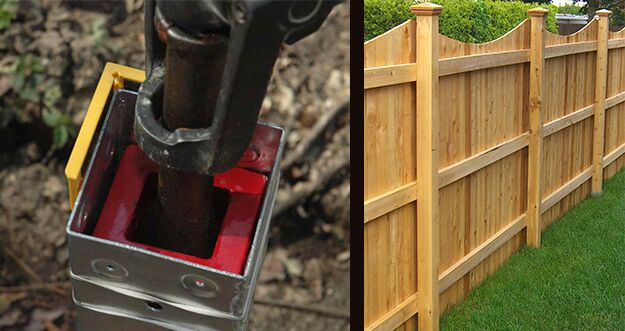

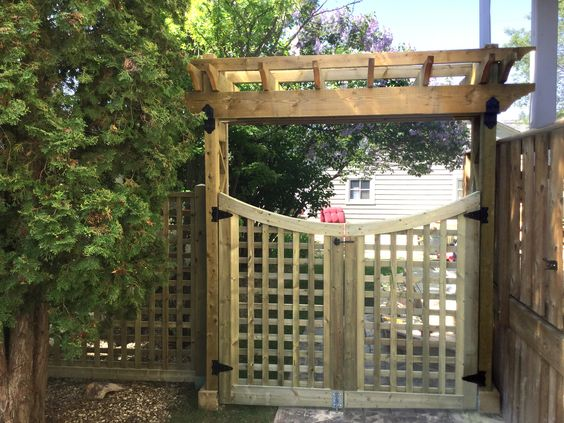

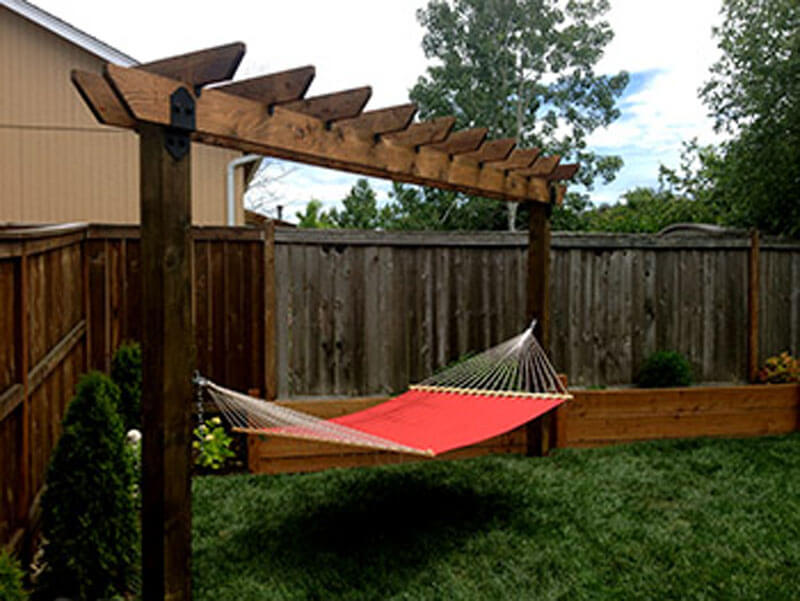
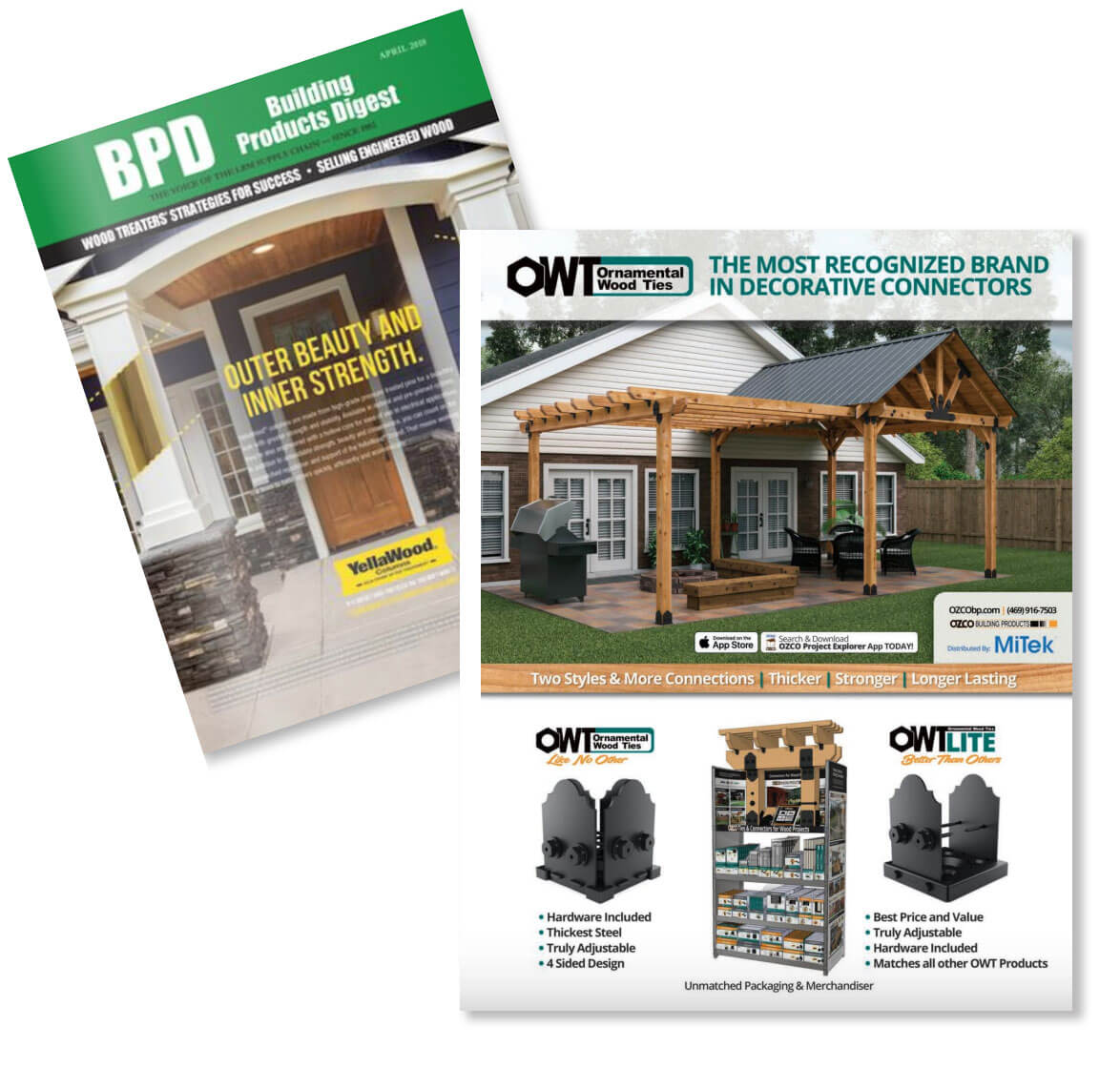

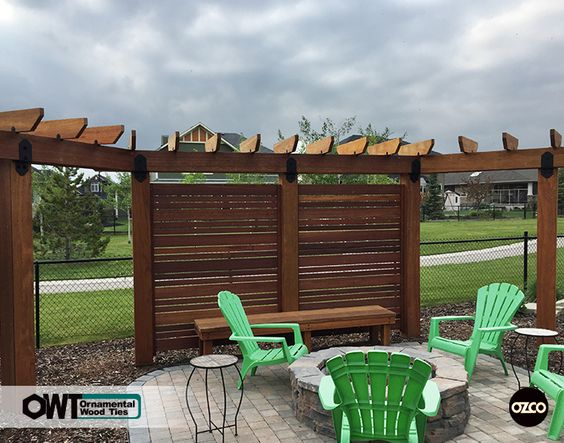


Leave a Reply